The Great Leap Forward: Mao’s Communist Catastrophe That Killed Millions
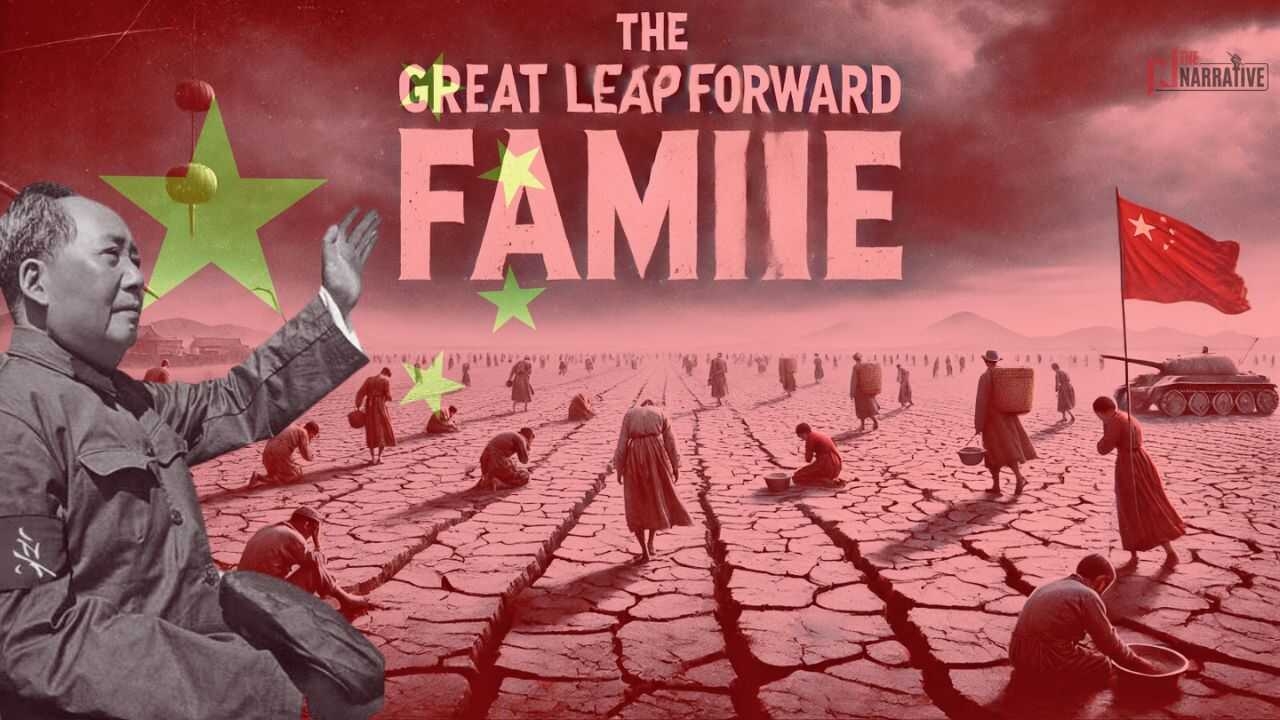
The period from 1958 to 1962 witnessed one of the deadliest man-made disasters in human history—the Great Leap Forward, an economic and social campaign initiated by Mao Zedong, the Communist leader of China.
Under the guise of rapid industrialization and agricultural collectivization, Mao's radical policies led to mass starvation, economic collapse, and the deaths of an estimated 15 to 55 million people. It was a clear demonstration of the perils of ideological extremism, reckless economic planning, and authoritarian rule.
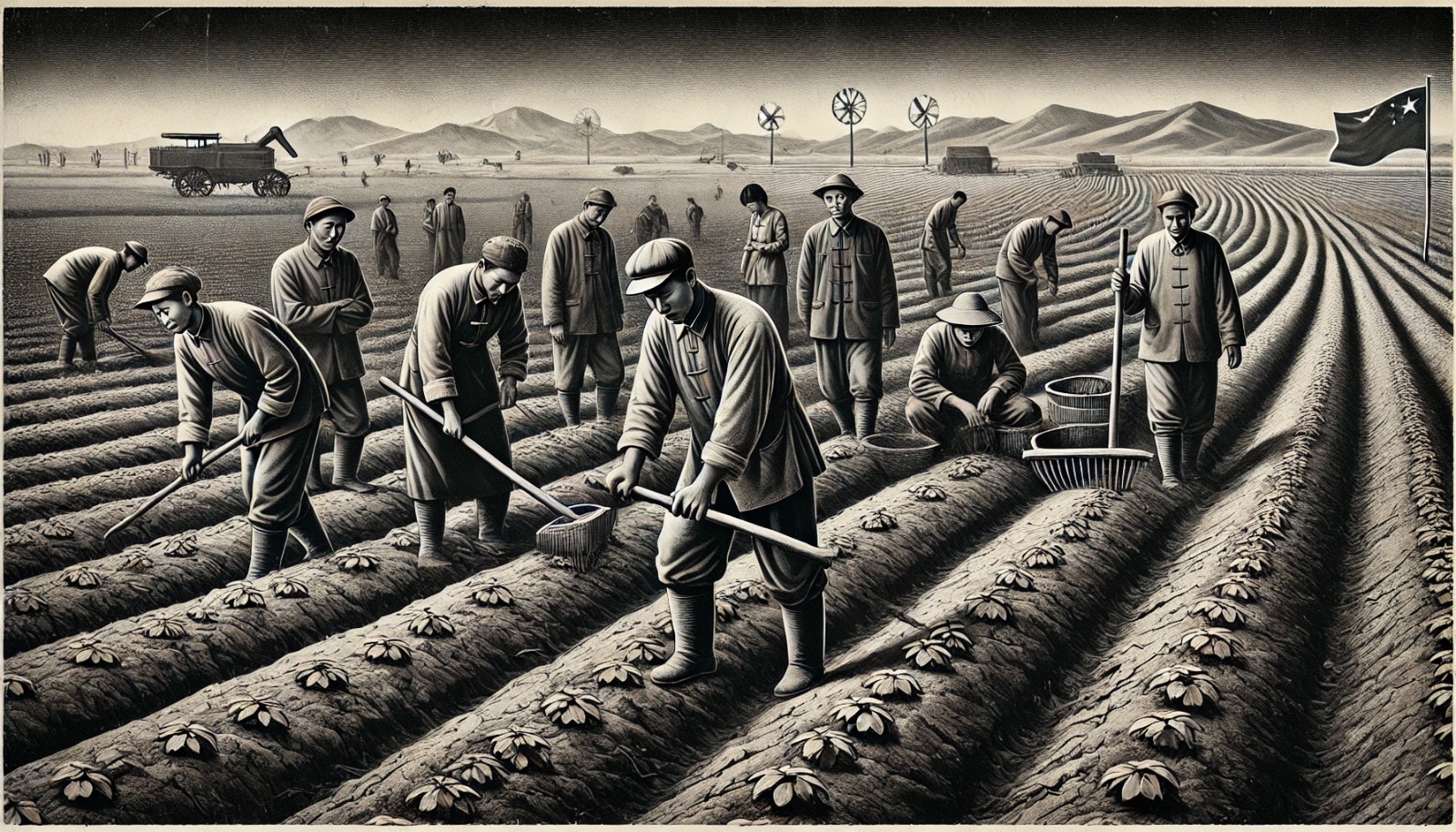
The Great Leap Forward was not just a policy failure; it was a man-made catastrophe born of arrogance, incompetence, and an utter disregard for human life.
Mao, in his blind pursuit of communist utopia, orchestrated one of the most horrific mass murders in history—one that unfolded not with bullets and bombs, but with starvation, forced labor, and sheer cruelty.
The Flawed Communist Vision: A Blueprint for Death
Mao’s Great Leap Forward was a radical attempt to transform China from an agrarian society into an industrial superpower overnight. The plan emphasized two primary goals: increasing steel production and collectivizing agriculture. However, these policies were fundamentally flawed in both their conception and execution.
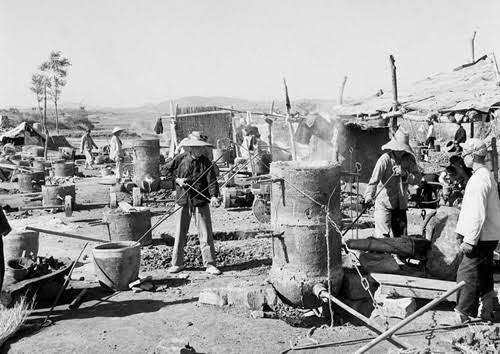
The Backyard Steel Fiasco : Mao ordered millions of peasants to abandon their farms and engage in backyard steel production, melting down household utensils and tools in crude furnaces. This led to an economic disaster: the steel produced was of extremely poor quality and useless, while agricultural productivity plummeted due to a shortage of labor. Fields lay barren, crops withered, and famine took root.
Forced Collectivization & Fake Reports : Traditional farming methods were abolished in favor of collective farming, where villages were grouped into large communes. Farmers lost personal incentives to produce food, leading to inefficiency. Local officials, under immense pressure to meet unrealistic production quotas, falsified grain output numbers. This led the central government to demand excessive grain requisitioning, leaving rural populations without food.
Exporting Food Amidst Starvation : While tens of millions were starving, Mao continued to export grain to prove the success of his policies abroad. Starving peasants were forced to watch as their food was shipped away to maintain China's international image, while entire villages succumbed to famine.
Mass Starvation and Social Collapse: A Nation in Agony
The fraudulent reports of agricultural abundance resulted in an ironic and tragic consequence: while China appeared to be thriving on paper, millions of people were actually starving to death. The state took more grain than was available, exported food to showcase China’s “success,” and left entire regions without sustenance.
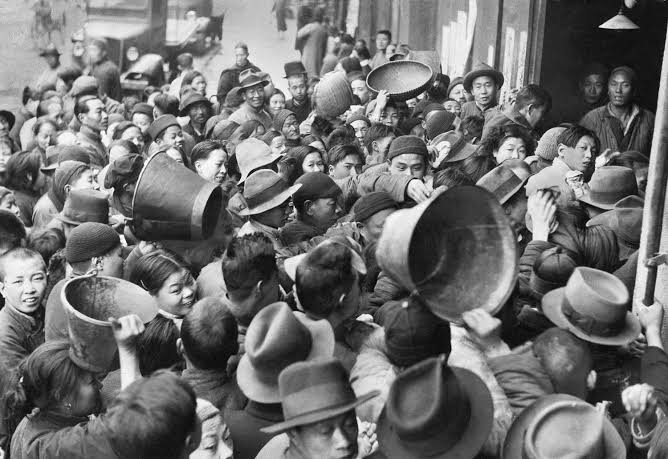
In provinces like Anhui and Henan, families resorted to eating tree bark, roots, and even clay.
Widespread reports of cannibalism emerged as desperation reached unimaginable levels.
Mothers drowned their infants rather than watch them starve to death.
Entire villages were wiped out, with parents selling or abandoning children in the hope that they might survive elsewhere.
Frank Dikötter, historian and author of "Mao’s Great Famine", writes: "Coercion, terror, and systematic violence were the foundation of the Great Leap Forward. It was one of the most deadly mass killings of human history."
Political Paranoia and Brutality: The Bloodstained Regime
Mao's paranoia exacerbated the crisis. Officials who attempted to report the famine were silenced, labeled as counter-revolutionaries, or executed. The Communist Party’s rigid structure and lack of dissent ensured that disastrous policies continued unchecked.
Jasper Becker, author of "Hungry Ghosts", described the horrors: "Villages became death camps. The living stepped over the bloated bodies of the dead. Mao knew the famine was happening and let it continue."
Mao’s Unforgivable Failure: The Ultimate Villain
Mao Zedong’s ideological stubbornness and unwillingness to accept failure made the Great Leap Forward an unprecedented disaster. Even as millions died, he refused to alter his course, prioritizing his political vision over human lives. By 1962, the famine had spiraled out of control, forcing the Communist Party to reverse several policies, but the damage was already done.
This was not simply mismanagement—it was mass murder. Mao did not care about human suffering. He sacrificed millions of his own people on the altar of his delusions.
The Dark Reality of Communism
The tragedy of the Great Leap Forward stands as a stark warning against blind ideological pursuits and centralized authoritarian rule. Mao’s reckless policies, economic mismanagement, and suppression of dissent directly led to the deaths of millions. Yet, despite this catastrophe, Mao remains a revered figure in China, his failures often glossed over by the state.
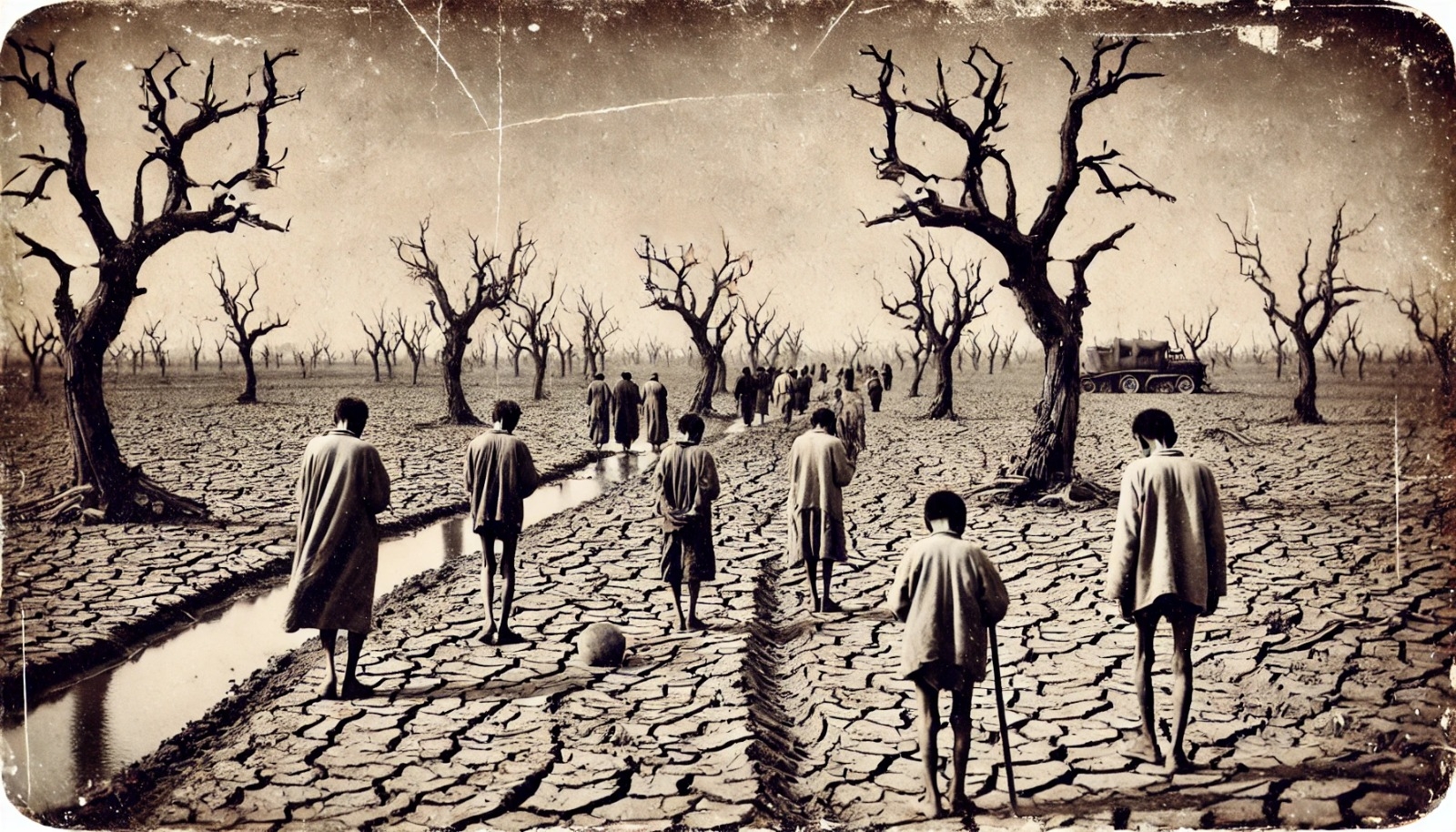
History must remember the Great Leap Forward for what it was: a mass murder orchestrated by communist policies and an incompetent dictator. It is a chilling reminder that when ideology supersedes reality, human lives are the ultimate cost.
The world must never forget. The Great Leap Forward was not just a failure—it was one of the greatest crimes against humanity ever committed.